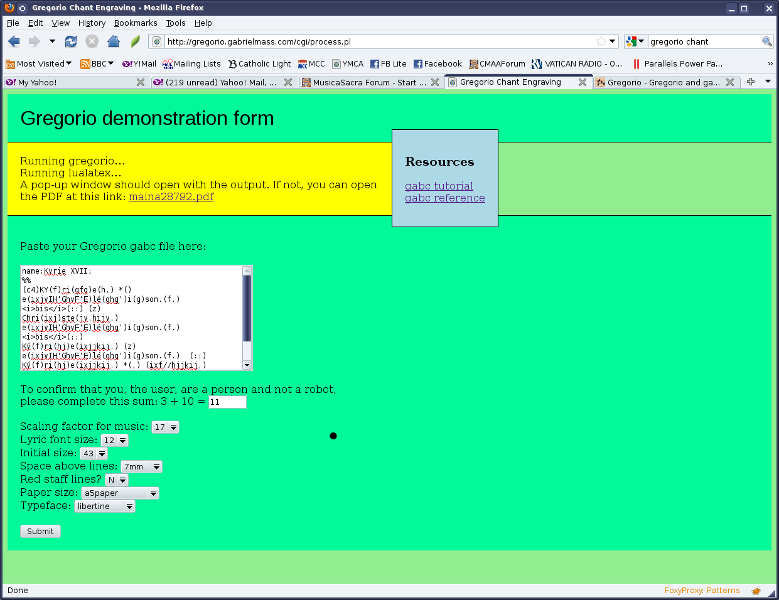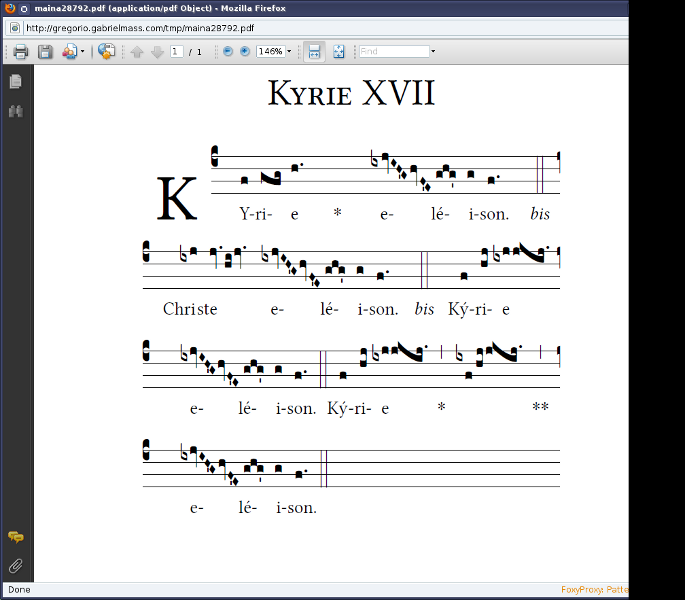Here's my perennial Liturgy of the Hours / Diving Office annoyance. I appreciate that we don't publicly sing this liturgy too often, and I hate to dispute so ingrained a custom. However, I must insist that the chant tradition is very clear, both in the Liber, p. 112, and modern Antiphonale monasticum, vol. I, p. 506, that the opening versicle, "Deus in ajutorium..." is followed by the response, "Domine ad adjuvandum...", INCLUDING the "Gloria Patri." As far as I can tell, the custom of making "Gloria Patri" a clerical versicle, with "Sicut erat" as the response, is a modern conceit. It probably reflects the better-known custom of the Introit of the Mass, which follows this pattern. Or maybe that's what they teach in seminaries. But even Christian Prayer doesn't suggest this approach. Now, if somebody wants to dispute me based on something official, feel free. Otherwise, please insist, as much as you dare, that your priest follow the standard pattern, with everybody singing the "Gloria Patri."
And I shall rest easier tonight...
RRice


